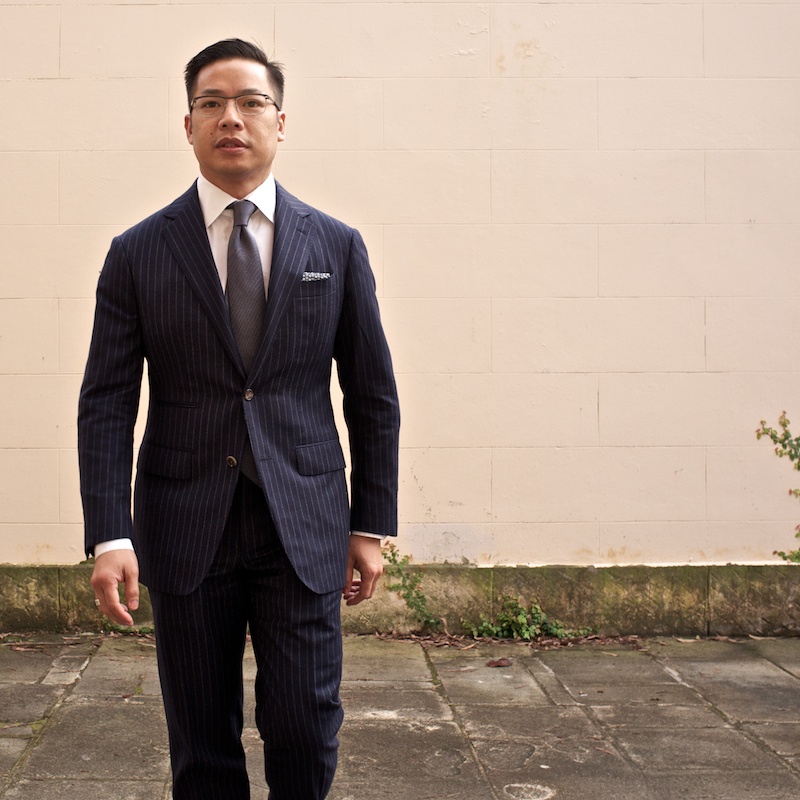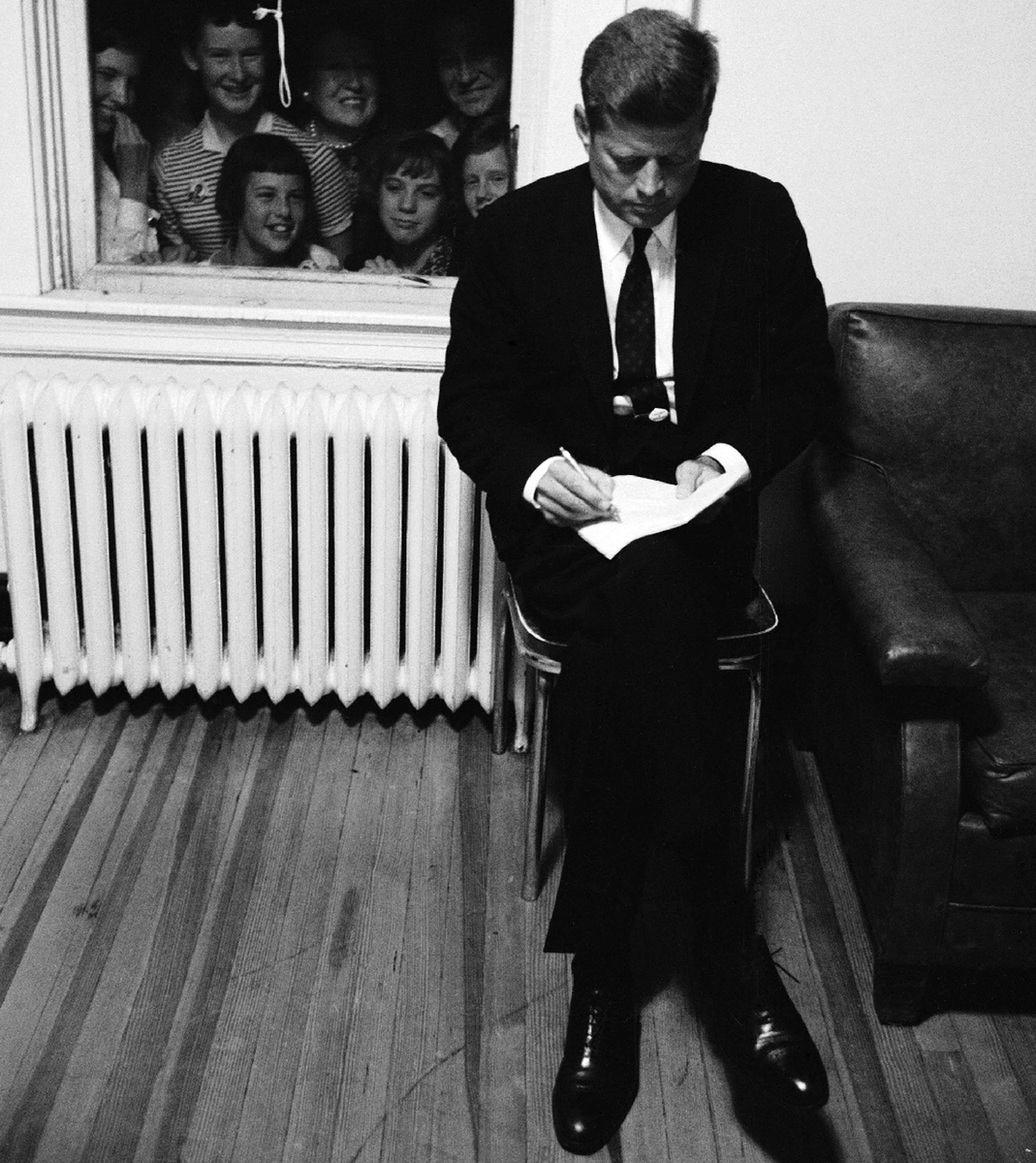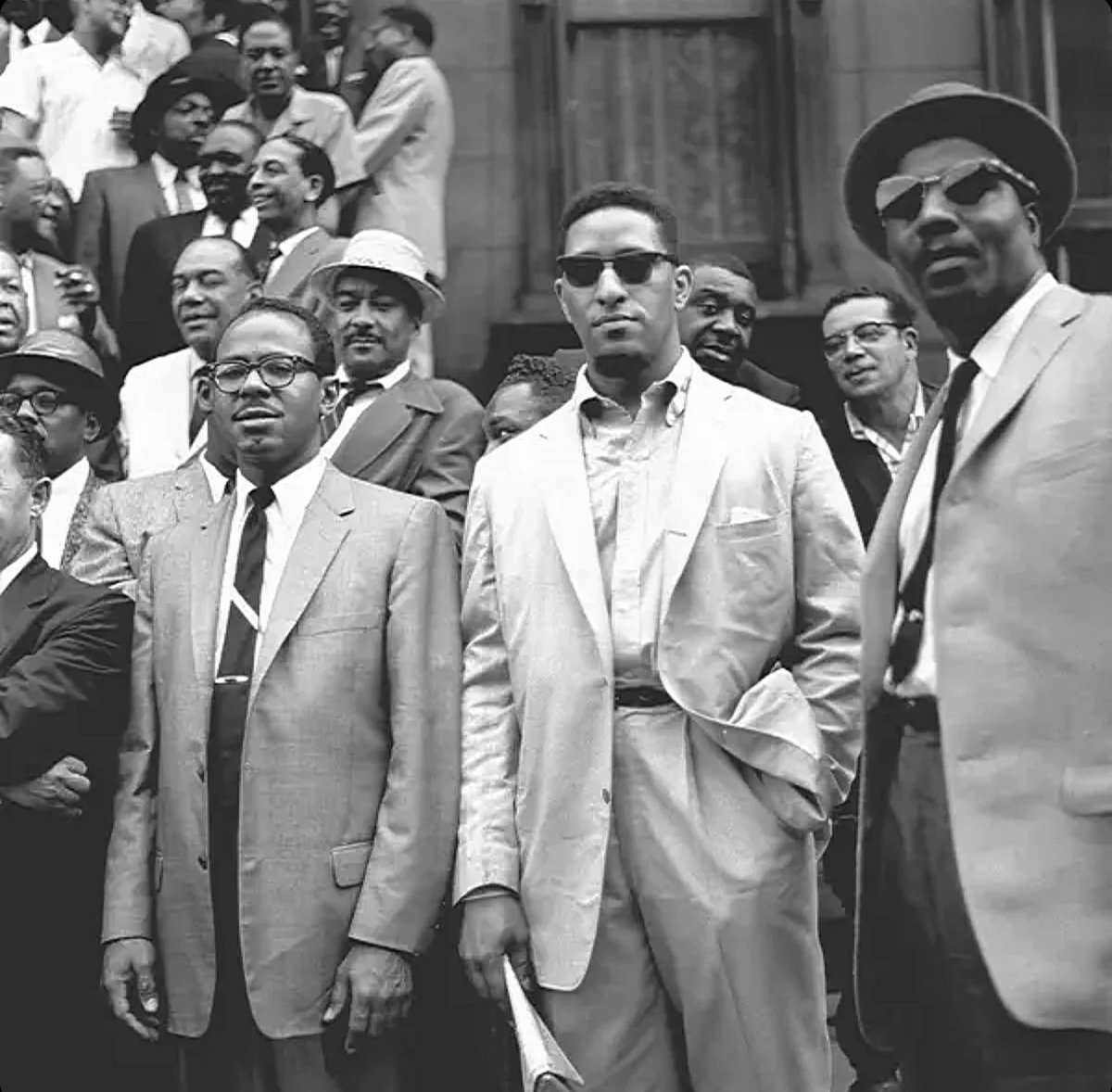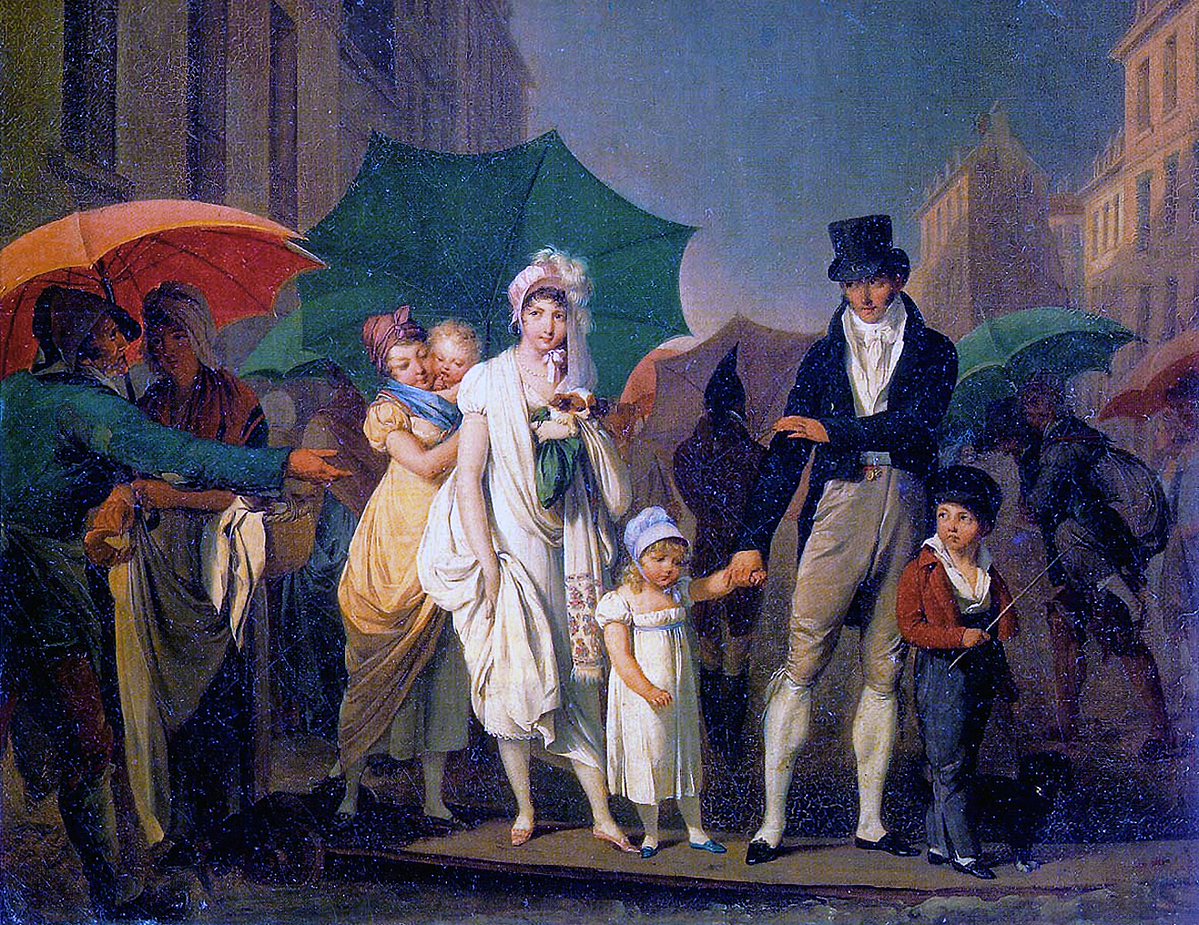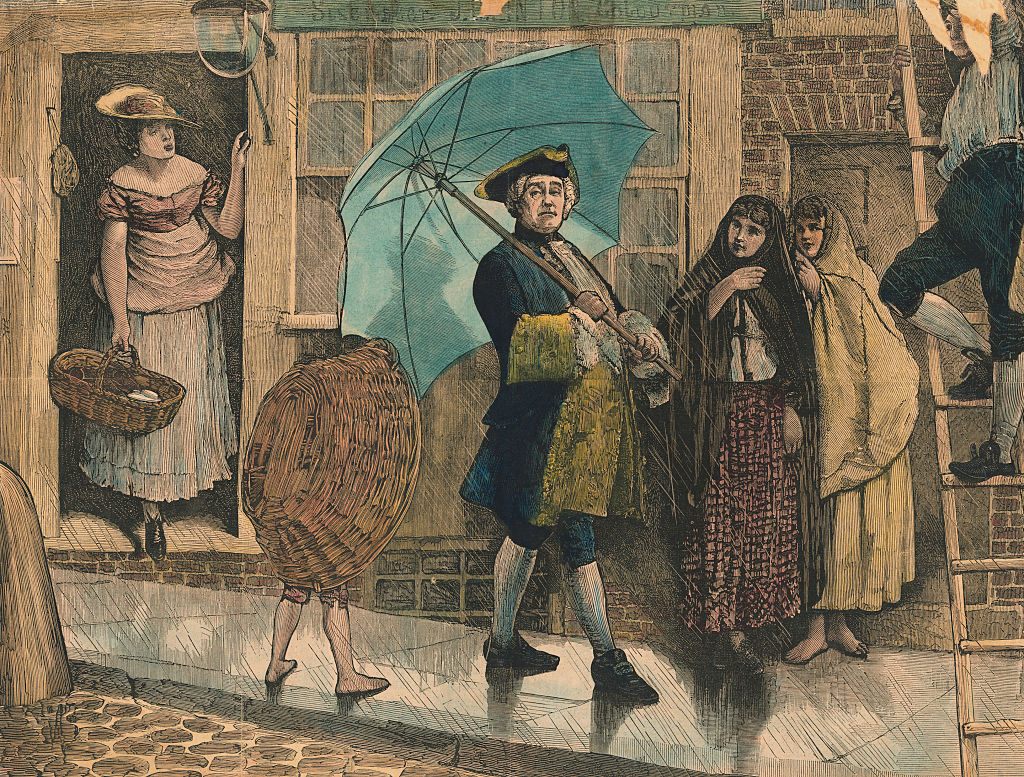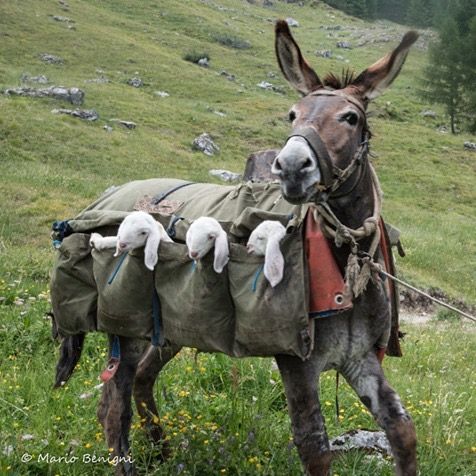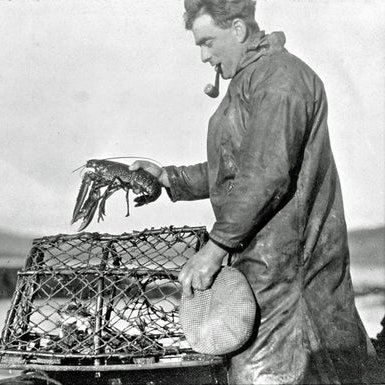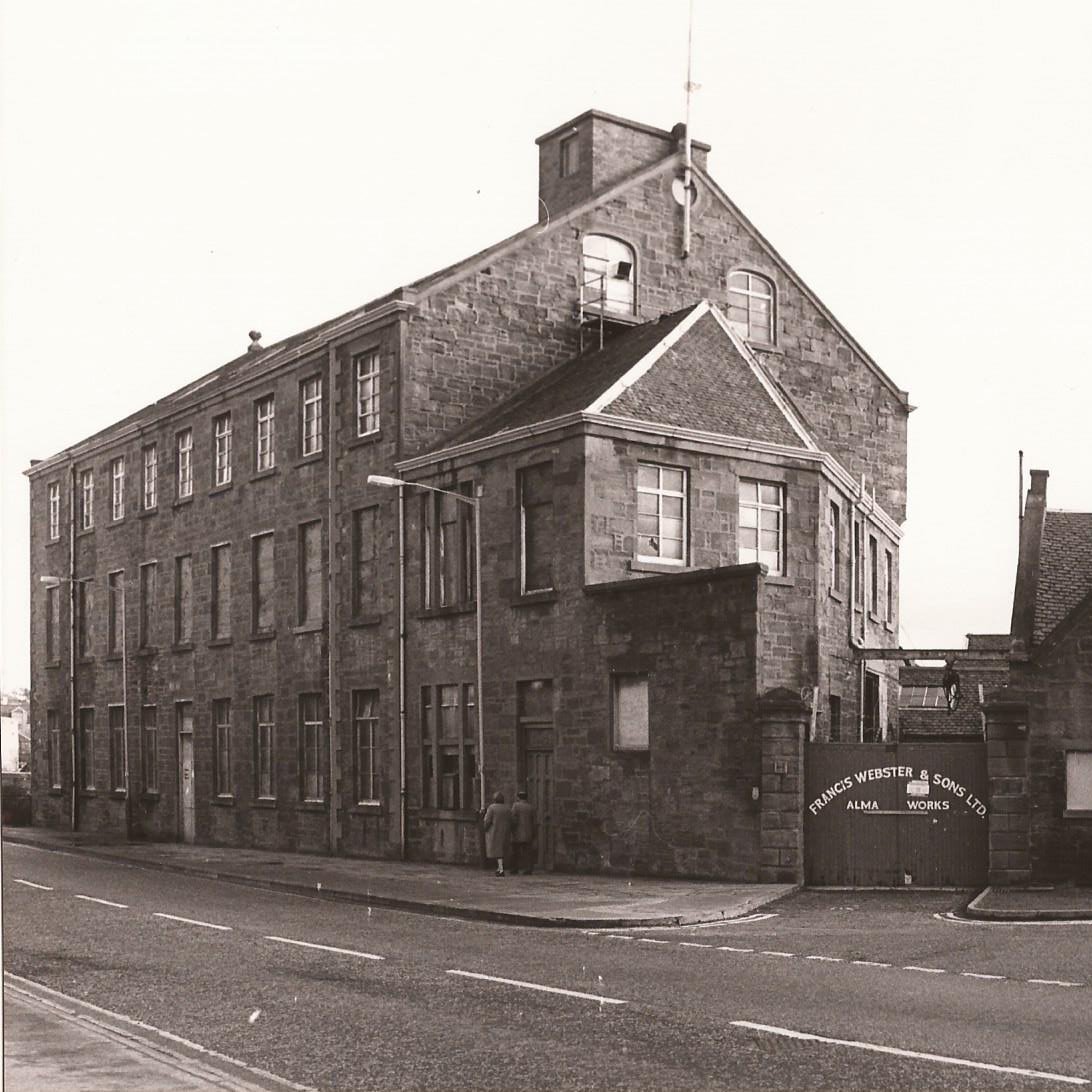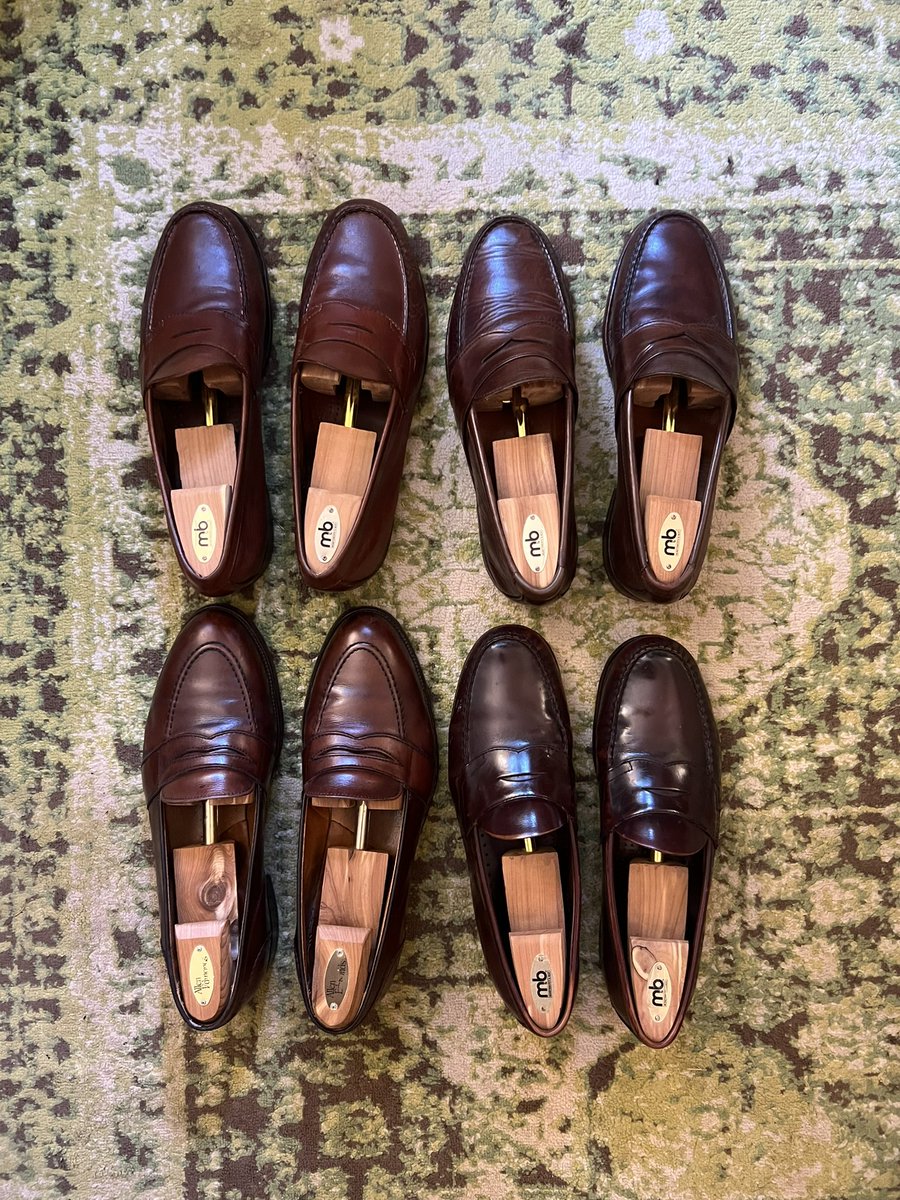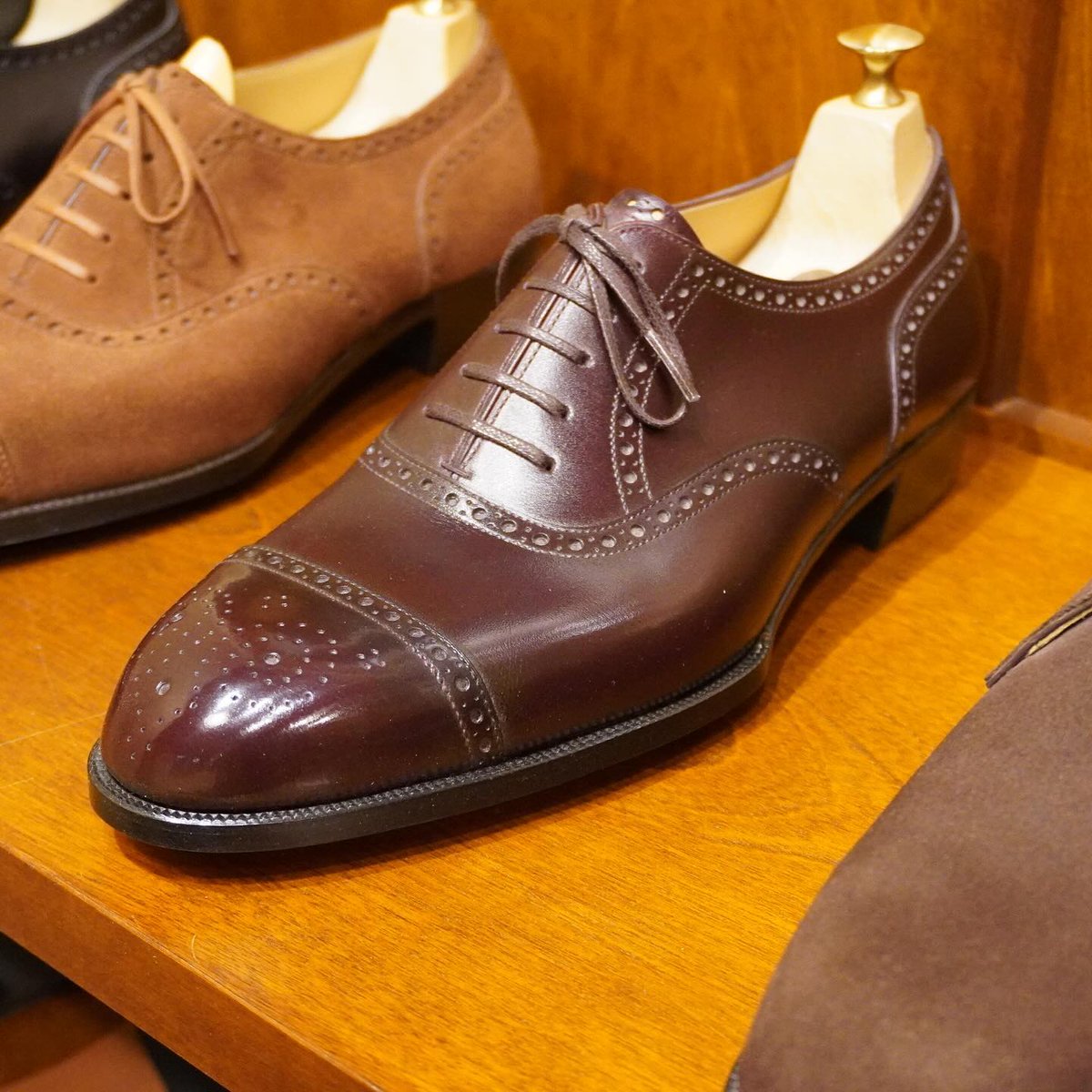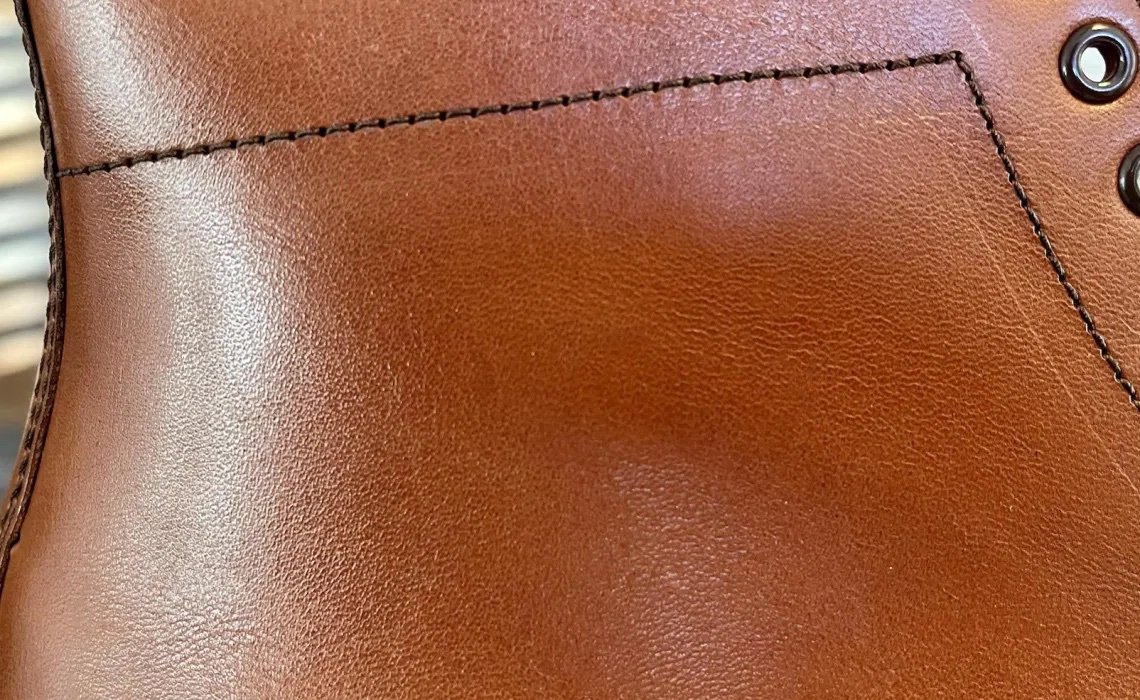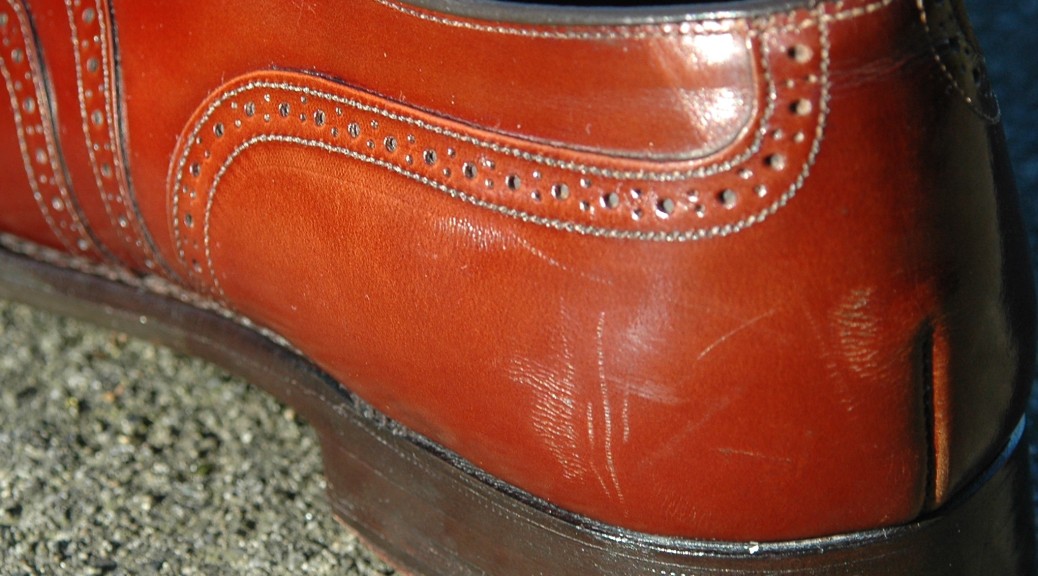I will tell you how to get pants like this. 🧵 
https://twitter.com/brettdash_/status/1985150769608233116

First, what makes these trousers special?
On first glance, you may be impressed but not know why.
The reason is deceptively simple: they hang pin straight. This is more obvious when you compare them to trousers that don't hang so cleanly.

On first glance, you may be impressed but not know why.
The reason is deceptively simple: they hang pin straight. This is more obvious when you compare them to trousers that don't hang so cleanly.


It's not easy to get trousers to hang this straight. There are a few reasons for this.
First, if you were to take off all your clothes and look in the mirror (do this privately, not on the internet), you'll notice your body is not perfectly symmetrical.
First, if you were to take off all your clothes and look in the mirror (do this privately, not on the internet), you'll notice your body is not perfectly symmetrical.
It's likely that one hip is higher than the other. You may be knock kneed or bow legged. Your may stand with your hips forward and knees locked (like an auditioning porn star). Your thighs jut out and your calves form a lump at the back of your legs. Plus, you have a butt. 





It can be challenging to get trousers to hang pin straight when your body is not shaped like a perfect tube. Thus, the tailor's job — or the pattern maker for ready-to-wear — is to work with this asymmetry and still make trousers that drape cleanly.
Couple this with the fact that slim trousers are still the dominant silhouette and most people don't have access to quality tailors who can shape a trouser with a heavy iron. The slimmer the leg, the more shaping you need with ironwork, but that's only in high-end bespoke.


So much of this is about identifying your own particular fit challenges and finding ways to solve them. If you're bow legged or knock kneed, you may need an alterations tailor to reshape the trouser legs by adjusting the inner or outer leg seams.
For bow legged people, that means taking in a bit from the inseam and adding a touch to the outseam so the legs hang straight instead of curving outward. For knock kneed, it’s the opposite — letting out the inseam and trimming the outseam. 

If you have a large seat and small waist, you will need enough material through the fork but likely have to add darts above the back pockets. This can require removing the waistband. Jeffery at the brilliant tailoring blog Tutto Fatto a Mano shows how to do this for jeans: 





If you see ripples going down the back of your legs and fabric collapsing under your seat, it's likely the back rise is too long. To fix this, you will need extra material in the crotch seam. Tailor can shorten the back rise and drop the crotch to compensate. 







Getting the right fit depends on the silhouette you want to create. If you want a bit of shape through the legs, then it's about riding that fine line between getting shape but also good drape. Getting the back to hang right is also easier with a fishtail back (worn with braces) 

Reviewbrah acheives a good, clean fit here, even with belted trousers, because he has done two things. First, his trousers are a bit fuller. It's easier to achieve a clean fit if you don't go slim. Second, he's wearing clothes made from a heavier wool fabric. 

Have you ever seen a ripple on a peacoat? Of course not. That's because most are made from something like a heavy duty 32oz Melton wool. Compare that to a dress shirt, which is made from a lightweight cloth. Any mismatch between the pattern and the body will show in lines. 



Men used to wear much heavier fabrics, which is why their tailoring looked better. Today, luxury clothes are often sold on the idea that the fabric is very soft, silky, and lightweight, but there's a tradeoff.
When shopping, look for heavier wool (better than cotton).

When shopping, look for heavier wool (better than cotton).


So, to answer the question: "How do I achieve this?"
— Identify your particular fit challenges
— Find solutions, esp in conjunction with your local alterations tailor. Don't micromanage them. Tell them what you want to achieve and let them find solutions.
— Wear heavier fabrics
— Identify your particular fit challenges
— Find solutions, esp in conjunction with your local alterations tailor. Don't micromanage them. Tell them what you want to achieve and let them find solutions.
— Wear heavier fabrics

• • •
Missing some Tweet in this thread? You can try to
force a refresh







